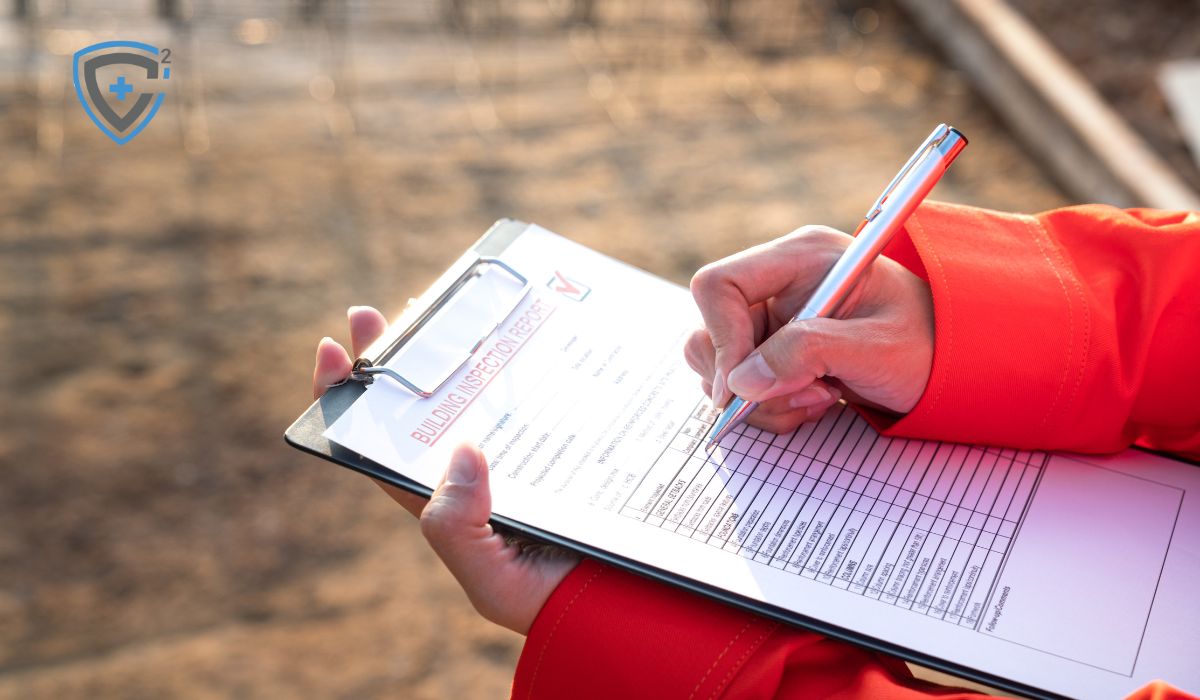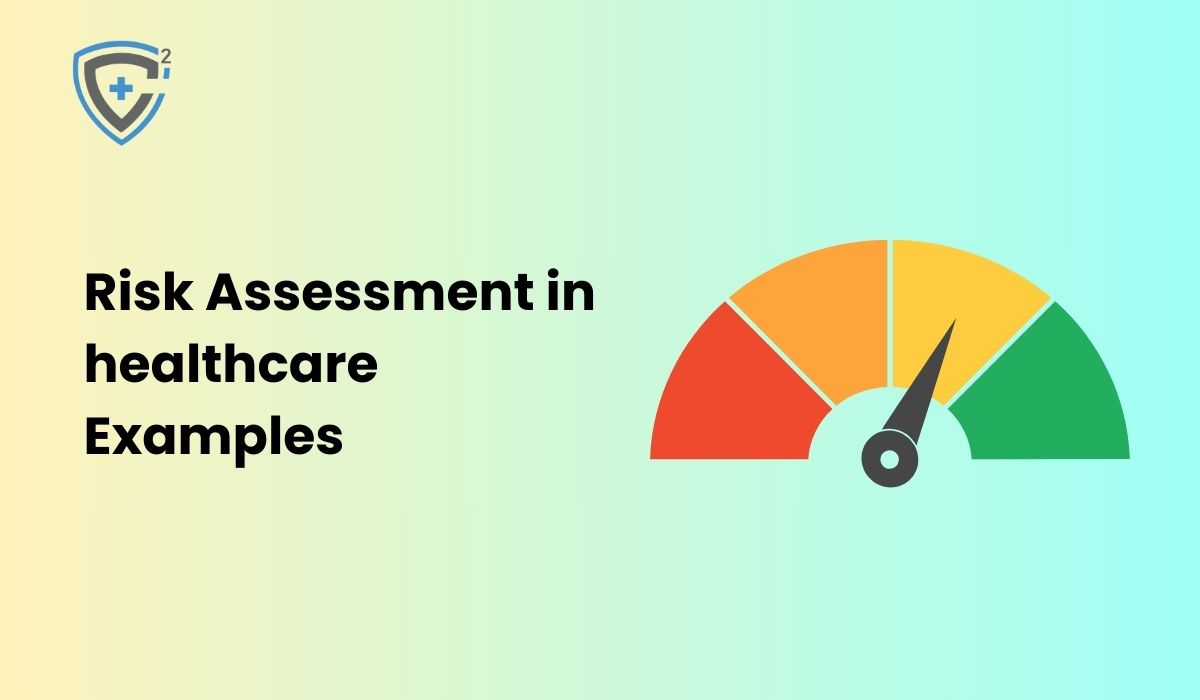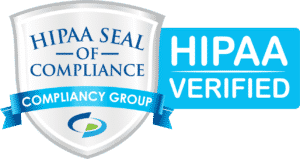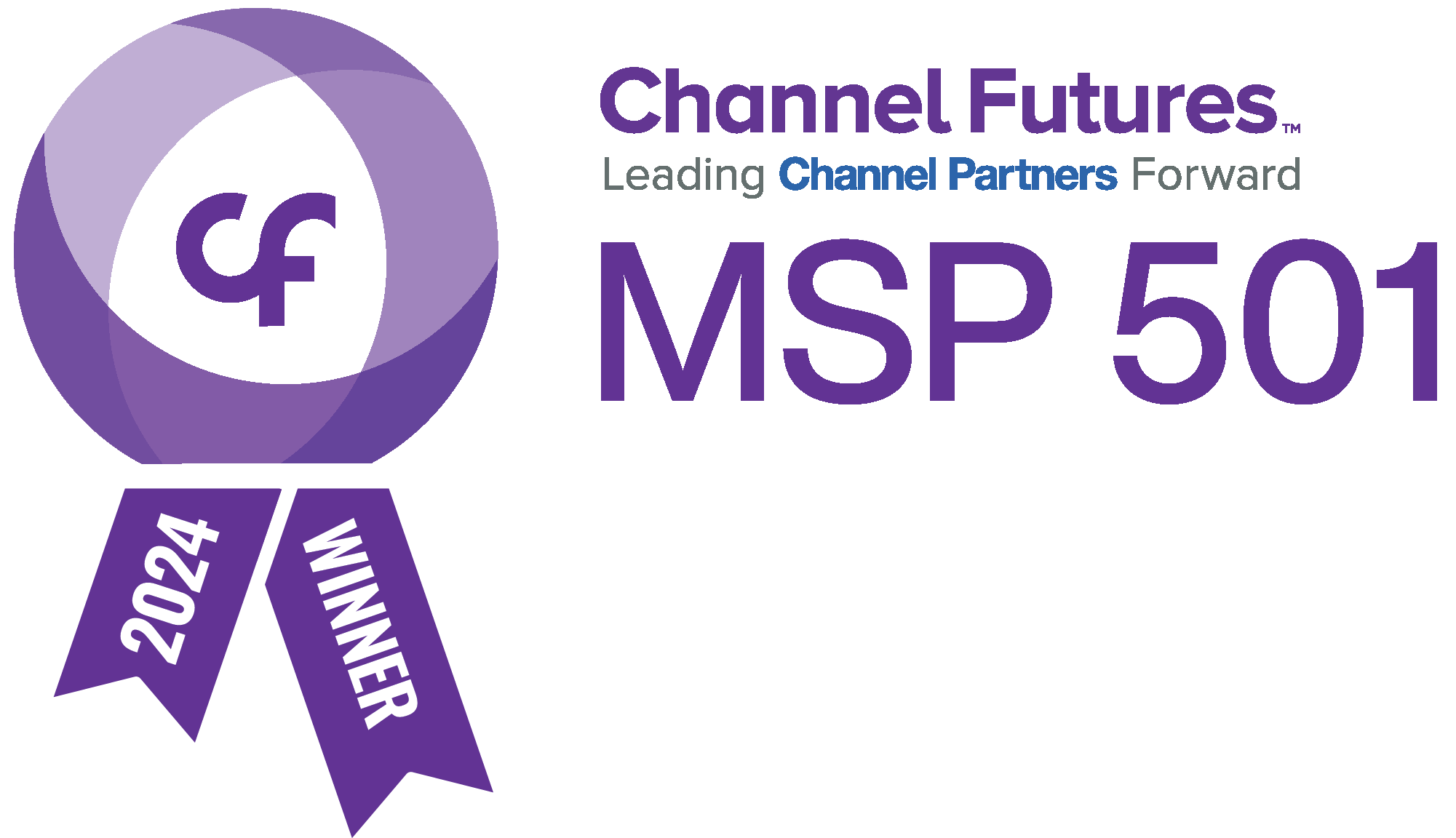What is a risk assessment in healthcare and welfare care?
A risk assessment in healthcare examples and social care, especially in home care, is a systematic process to identify, assess, and mitigate potential risks to health, safety, and welfare of those receiving care. Risk assessments include thoroughly investigating the specific needs and vulnerabilities of individuals receiving care, as well as the environment, work and activities involved in providing care.
Goal of risk assessment
The comprehensive goal of risk assessment in healthcare is to minimize or eliminate foreseeable risks, thereby enhancing the quality of care and ensuring the safety of both those receiving care and the care provider. Risk assessments in home care include a wide range of potential risks, including falls, medication errors, infections, and accidents related to specific health conditions of the caregivers. By identifying these risks, nursing care providers can make tailor-made care plans and preventive measures to protect the caregiver and themselves.

Guidelines for Risk Assessment
In the United Kingdom, this process is supported by laws such as the Occupational Safety and Health Act 1974, the Cares Act 2014, and the Medical and Social Care Act 2008.
According to the National Institute for Health and Care Excellence (NICE), risk assessments should be carried out as a continuous and collaborative process involving caregivers, their families or advocates, and care professionals. This approach guarantees a person-centered assessment that takes into account the unique needs and preferences of the individual receiving care. If you want to learn how much risk assesment cost here you must read this guide.

Components of risk assessment
The main components of medical risk assessment in healthcare examples are:
Identifying risks
Medical institutions identify potential risks and risks from various aspects of their operations, including clinical processes, establishment of patient care, information systems and physical environments. Risks include adverse events, medical negligence, security gaps, regulatory violations, and business disruptions.
Risk Analysis
Once a risk is identified, it is analyzed to assess its potential and its potential impact on patients, staff and organization goals. It includes assessing the severity of results, assessing the likelihood of occurrence, and ranking risks based on importance and urgency.
Risk Assessment
Risk is assessed based on its severity, likelihood, and potential impact on organization. Risks that pose the greatest threat to patient safety or organizational goals are prioritized for further attention and measures.
Risk Mitigation Strategy
Medical institutions develop and implement risk mitigation strategies to mitigate or eliminate identified risks and hazards. Risk mitigation strategies include implementing safety protocols, improving clinical processes, strengthening staff training and education, strengthening information security measures, and implementing quality improvement initiatives.
Monitoring and Review
Risk assessments are a continuous process, requiring regular monitoring and review to effectively manage and control risks over a long period of time. Medical institutions monitor key risk indicators, track the implementation of risk mitigation measures, periodically review the results of risk assessment, and identify new risks and opportunities for improvement.
Documentation and Reporting
The activities, findings and mitigations of risk assessments are documented and reported within the organization to ensure transparency, accountability, and compliance with regulations. Documentation includes risk assessment reports, risk registers, action plans, incident reports, etc. to record the organization’s risk management efforts.
Continuous improvement
Risk assessment in healthcare examples is a dynamic process that promotes continuous improvement and organizational learning. Medical institutions regularly evaluate and update risk assessment processes, methodologies and tools to reflect changes in the medical environment, new risks, and best practices for risk management.
Examples of risk assessments in healthcare
There are various fields of risk assessment in healthcare examples, and there are many concrete examples. The risk assessment in healthcare examples that are commonly performed in medical settings are as follows:
Patient Safety Risk Assessment
Medical institutions will conduct patient safety risk assessments to identify potential hazards and weaknesses that may compromise patient safety. Examples include assessing the risks associated with medication errors, hospital infections, surgical complications, diagnosis, patient harm incidents, etc.
Clinical Risk Assessment
Clinicians conduct clinical risk assessments to assess the likelihood and severity of adverse outcomes associated with a specific patient’s condition, treatment and treatment. Examples include assessing risks related to anesthesia, surgical intervention, diagnostic testing, and use of medical devices.
Infection Control Risk Assessment
Medical facilities carry out infection control risk assessments to identify and mitigate risks associated with medical-related infection and infectious disease outbreaks. Examples include the practice of hand hygiene, environmental cleaning protocols, patient isolation procedures, and assessment of risks associated with the transmission of multi-drug resistant bacteria.
Information Security Risk Assessment
Medical institutions conduct information security risk assessments to identify and mitigate risks associated with the privacy, honesty and availability of patient health information and electronic medical records. For example, data leaks, unauthorized access, malware infections, phishing attacks, internal threats, etc.
Drug safety risk assessment
Healthcare professionals carry out medication safety risk assessments to identify and mitigate risks associated with medication errors, side effects, and harm associated with medication. Examples include assessing the risk of prescription errors, drug administration methods, drug interactions, and drug storage and handling procedures.
Emergency Countermeasures Risk Assessment
Medical facilities will conduct emergency preparation risk assessments to identify and mitigate risks associated with natural disasters, public health emergencies, and other disasters. Examples include evacuation procedures, emergency response plans, communication systems, and risk assessments related to the supply of drugs in emergencies.
Operational Risk Assessment
Medical institutions conduct operational risk assessments to identify and mitigate risks associated with the organization’s processes, systems, and infrastructure. Examples include assessing risks related to staffing, equipment maintenance, facility maintenance, financial stability, etc.
Regulatory Compliance Risk Assessment
Medical institutions conduct regulatory compliance and risk assessments to identify and mitigate risks associated with non-compliance with medical regulations, certification standards, and industry guidelines. Examples include assessing HIPAA compliance, CMS regulations, joint committee standards, and risks associated with state licensing requirements.
Patient Engagement Risk Assessment
Medical institutions conduct patient engagement and risk assessments to identify and mitigate risks associated with patient engagement initiatives such as patient portals, telemedicine services, and remote monitoring programs. Examples include data privacy, patient consent, ease of use of technology, and assessment of risks associated with patient-healthcare communication.
Crisis Communication Risk Assessment
Medical institutions carry out crisis communication risk assessments to identify and mitigate risks associated with disconnection of communication in medical crises and emergencies, misinformation, and public awareness. Examples include communication channels, messaging strategies, stakeholder engagement, and assessment of risks related to media response.
How to conduct risk assessments in medical and welfare care
The following are the procedures for implementing risk assessments in healthcare and welfare care:
Step 1: Collect information to identify risks and hazards
Risk in nursing homes is usually identified during thorough examination of nursing homes.
Step 2: Determine who will be harmed (staff/service users/others/everyone).
It is important to record not only groups at risk of harm, but also how each group is specifically at risk. For example, in moving and using handling and equipment, risks are caused by different methods for service users and staff.
Step 3: Assess risk and identify possible controls to mitigate risk
It is important to evaluate:
- What is the possibility of harm?
- How serious is that harm?
- What measures are already taken to manage risk?
- What actions should we take to control the risks?
- Who needs to perform that action?
- How long do we need to take that action?
Some organizations employ scales and other systems to assign scores to each risk/hazard based on ease and severity.
Step 4: Decide how to manage
As much as possible, eliminating risk is always the best choice. Examples include removing awkward hazards, fixing worn carpets, changing processes, and approving new ways to provide care. You should check whether the existing management methods are appropriate and/or comply with certain legal requirements and standards
Step 5: Record findings and implement management methods
Risk assessments should be shared with the right people in the organization. The identified risk should be reflected in the person’s care plan along with its management methods. Of course, the necessary treatment is carried out.
Step 6: Review and update your risk assessment as needed
Risk assessments in healthcare and social care need to be adjusted. Risk of greater harm and judged to be serious/high level should be reviewed more frequently. If the existing hazard changes or new risks are identified, a new assessment should always be conducted.
FAQs
What is considered in a risk assessment of healthcare?
A risk assessment in the context of healthcare can be defined directly as an activity aimed at the identification, assessment and management of all possible risks that exist with regard to a given healthcare facility, its staff, and especially patients.
Risk assessment is important in health care because?
It is safe to the patient, safeguards the care givers, enhances the quality of care and reduces on adverse consequences such as errors or an accident.
What comes to the main objectives of risk assessment in healthcare?
Thus the risks are to be minimized or eliminated so that risks to patients and staff are eliminated while at the same time facilitating for quality services to be delivered.
How frequently should the risk assessments be conducted subsequently?
At least once a year, or whenever changes within the health organization are made, which may have an impact on patients.
Conclusion
Risk management is one of the most significant integrals in the promotion of healthcare and social care to protect the welfare of the patients and the care givers. It is a dynamic process of assessing, coordinating, and implementing and reviewing procedures based on a set of standard of practice to overcome special considerations and difficulties. The risk assessment in healthcare examples should be done at least once a year and after major changes that may influence patient care.




